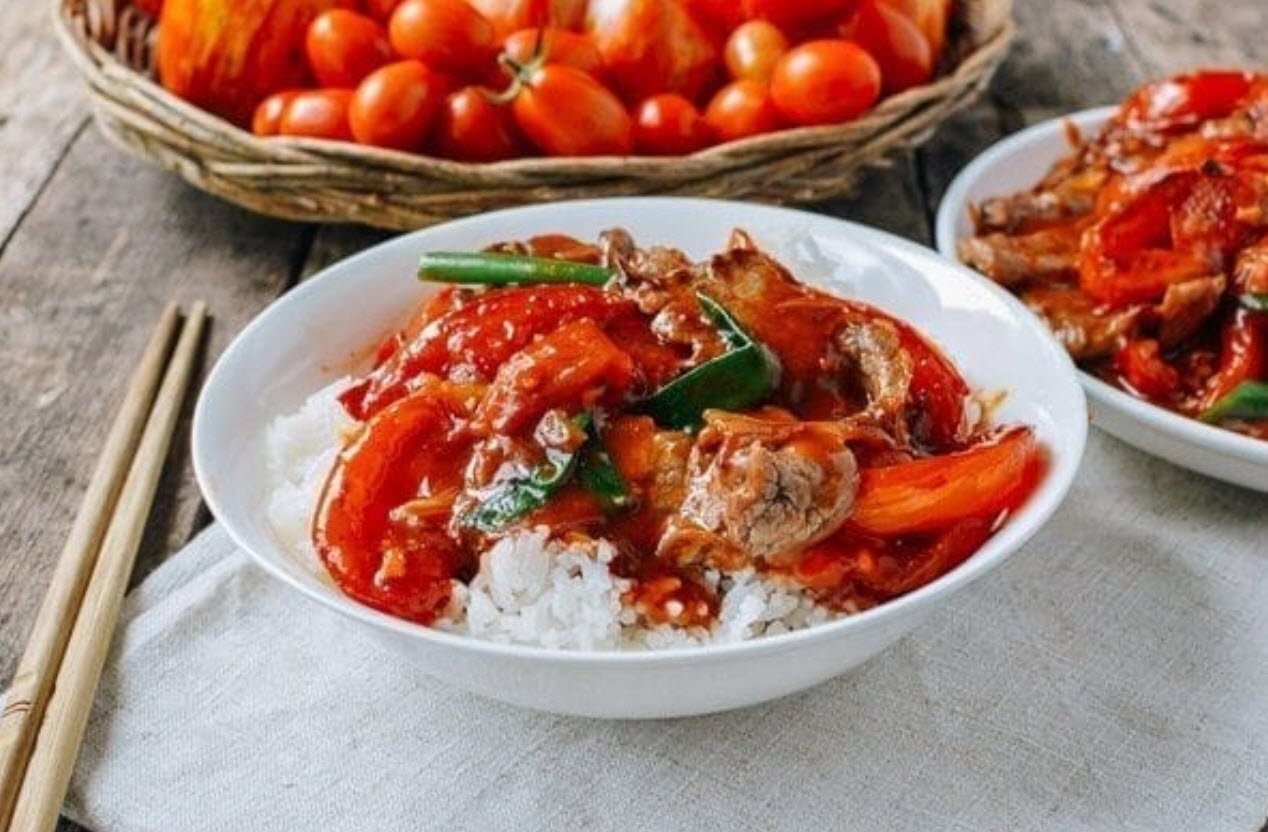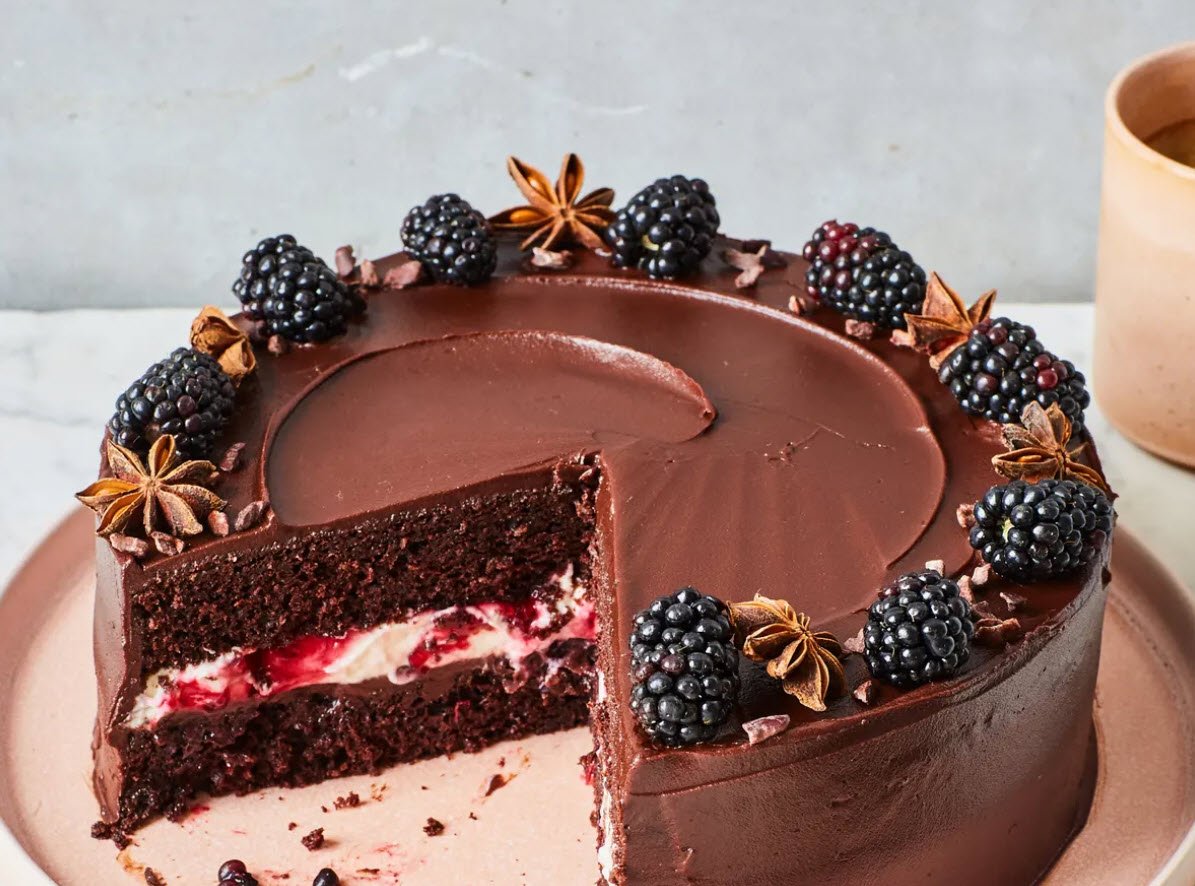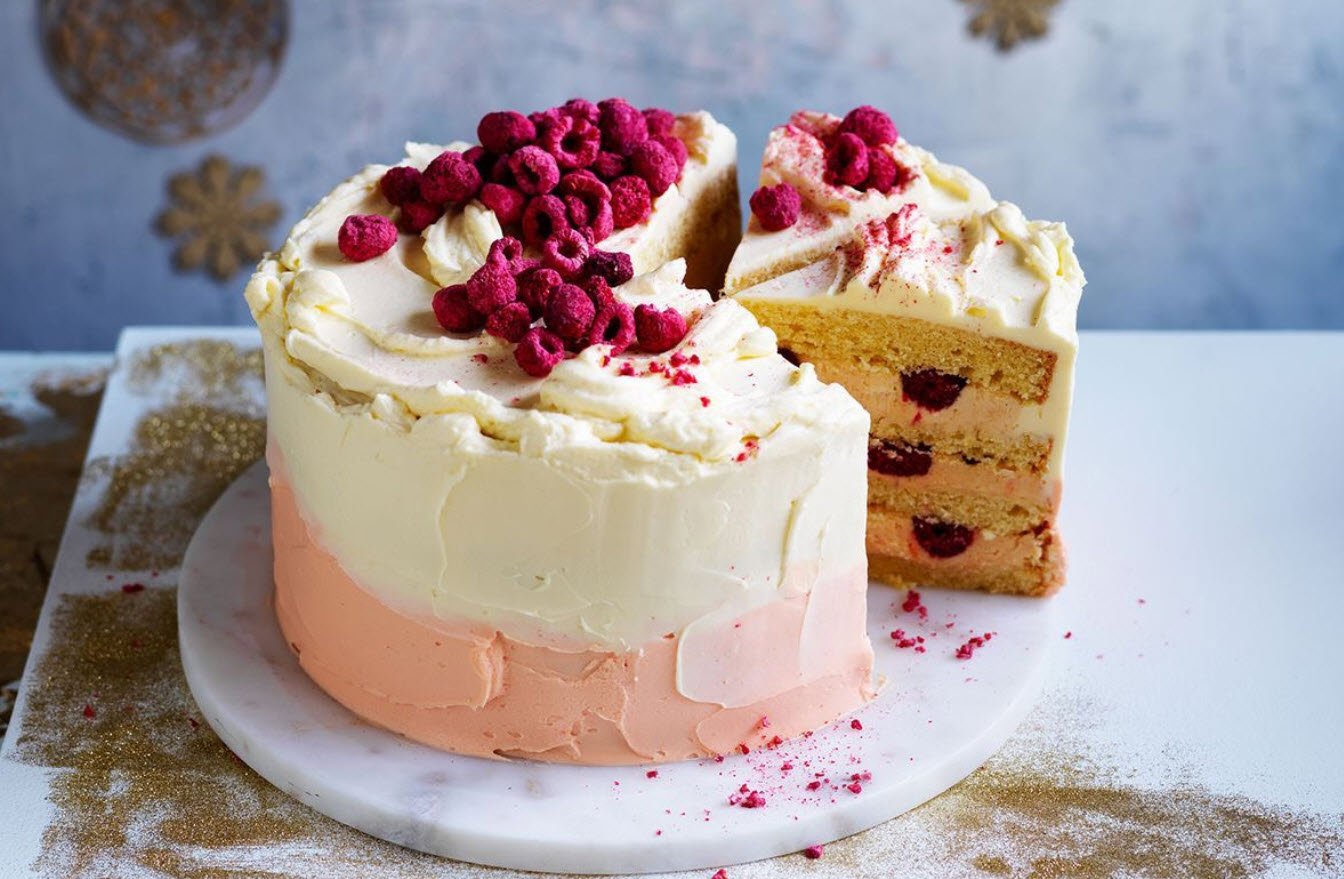
Following is a list of items we use the most, and that we acquired without breaking the bank. If you are serious about cooking, or just want to be someday, having at least a few of these items on hand is sure to make your life easier.
Suggested Read: List of Useful Ingredients You Need To Know
1. Baked Goods Pans
We use standard aluminized steel pans, but never glass pans, for baking, because results aren’t always satisfying with the latter.
2. Cast-iron Skillet
A good-quality cast-iron skillet just may replace half of your other pots and pans. Oven safe, naturally nonstick, long lasting, and usually inexpensive, these pans have become indispensable in our kitchens. Try to find one with a tight-fitting lid.
3. Deep Fryer
While we do not advocate eating deep-fried foods every single day of the week, it’s still fun to enjoy the occasional golden brown and crunchy treat.
A Fry Daddy Jr. only costs about $20-$25 and makes frying an easy task. It heats the oil to temperature within minutes and has a handy storage lid so that you can reuse the oil several times before having to throw it out.
4. Food Processor
We’ve owned processors that cost us next to nothing, as well as others that almost required us parting with a limb. Truth is, we don’t see a big difference between the two. The main thing you want to keep in mind when choosing a processor is size. Consider how many people live in your household and how big your batches of food will be before you buy.
As an example, you can use a 10-cup food processor for a household of two.
5. Microplane Grater
Use it for citrus zest, whole nutmeg, garlic, and anything that requires a close shave.
6. Silicone Baking Mats, such as Silpat
The best thing about silicon baking mats is less waste. Unlike parchment paper, baking mats can be used repeatedly and usually perform for at least 2,000 uses.
7. Immersion Blender
This magical tool makes for speedy blending right in the bowl, no transfer of food required.
8. Food Scale
People usually use both weights and measures in their cookbooks. It makes for easier cleanup (since you can weigh everything right into the mixing bowl, rather than dealing with measuring cups), and is often far more accurate than measuring. It’s possible to find scales for as low as $20 that offers excellent results.
9. Good-quality Chef’s Knife
You don’t have to spend hundreds of dollars, but a good chef’s knife with a heavy handle and a blade that can be sharpened at home will save you hours of aggravation, not to mention the cost of bandages from cutting yourself with a frustratingly dull, supercheap version.
10. Jumbo Muffin Tins
If you’re hungry and you know it, whip out your jumbo muffin tin. Each tin yields six bakery-style muffins made of up to 1 cup (235 ml) of batter. Impressive and quite useful when appetites are extreme (or you’re considering baking for profit). As a comparison, standard muffin tins use up to 1/3 cup (80 ml) of batter, so your baking time will likely need to increase by a bit if you’re converting a standard muffin or cupcake recipe.
11. Thermometers
Oven thermometers and instant-read thermometers are an affordable and great way to make sure your oven is well calibrated and that the liquid for your yeast bread is at the adequate temperature.
General Baking and Cooking Tips
Here are a few basic tips, you will find essential in making the cooking and baking experiences all the more seamless and enjoyable.
1. Be mindful of ingredient temperature
It’s best to use ingredients that are at room temperature when baking, but even more so when dealing with yeast bread. The main exception, however, is when making pie crusts and biscuits, where the ingredients should all be very cold. Follow the recommended ingredient temperatures in each recipe rebelling will only cause regret!
2. Measure flour correctly
We use a scoop to transfer flours into the measuring cup, so as not to over pack. It makes a difference in how recipes turn out, so it’s a good thing to keep in mind.
3. Sift whenever possible
Sifting after measuring (or before, if the recipe calls for it) helps create light and airy baked goods with an even crumb. Simply use a fine mesh sieve to make sure flour, cocoa powder, baking soda, and other such dry ingredients don’t get over-clumped on you
4. Practice mise en place
This is French for “Don’t be messy, fool!” (Okay, really it means “everything in place,” but same idea.) To follow this rule, simply gather your ingredients on the counter (and measure out if you’re really feeling organized) in advance, so you won’t have to go looking for the cinnamon when your wet and dry ingredients are already mixed and need to get into the oven pronto.
This way, you’ll also allow for things to come to room temperature. (Just don’t do that with things that actually need to be super cold, like nondairy butter for biscuits, or frozen blueberries for muffins!)
5. Read through recipes
It’s always wise to make sure you’ve got all the ingredients you need and know what you’re in for.
You may also like:- Tomato Beef – A Symphony of Flavors in Every Bite
- Star Anise Chocolate Cake – A Decadent Dessert
- Zucchini Noodles with Spinach Pesto – A Heart-Healthy Twist
- Fruit Steel-Cut Oats – A Nutritious and Delicious Breakfast
- Rice & Mango Breakfast – A Quick and Nutritious Start to Your Day
- Heart-Healthy Tuna Salad Delight
- Elegant Tea Party Peach Melba Cakes – A Delightful Indulgence
- Biscuits with Bacon Gravy – A Comforting Delight
- Oatmeal Nuggets – A Bite-sized Delight for Any Occasion
- Nutty Waffles – A Crunchy Twist to Breakfast








